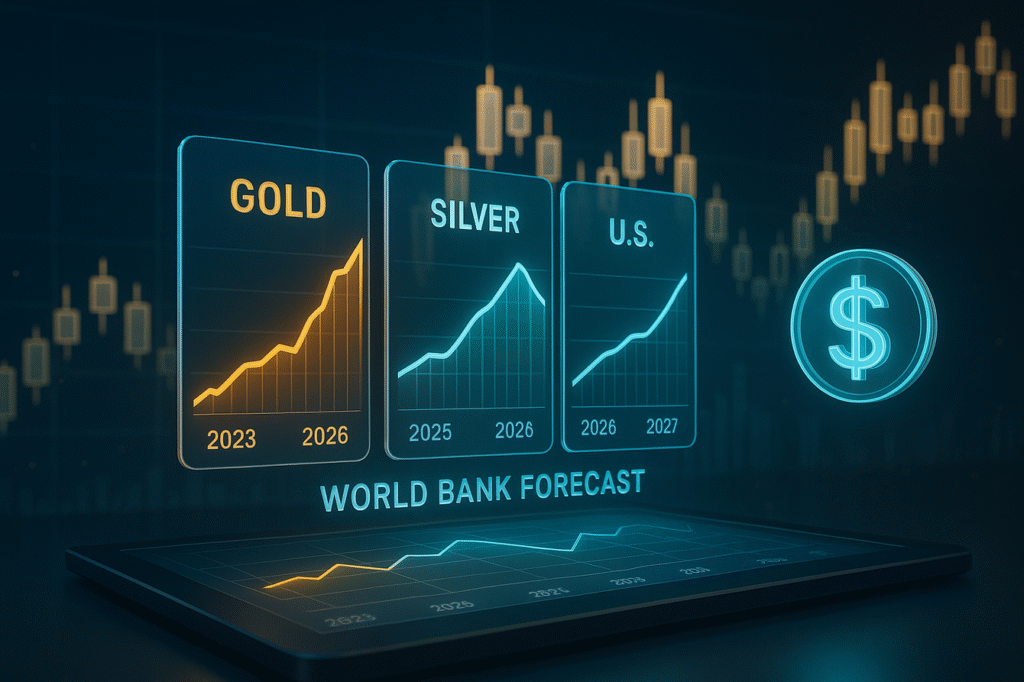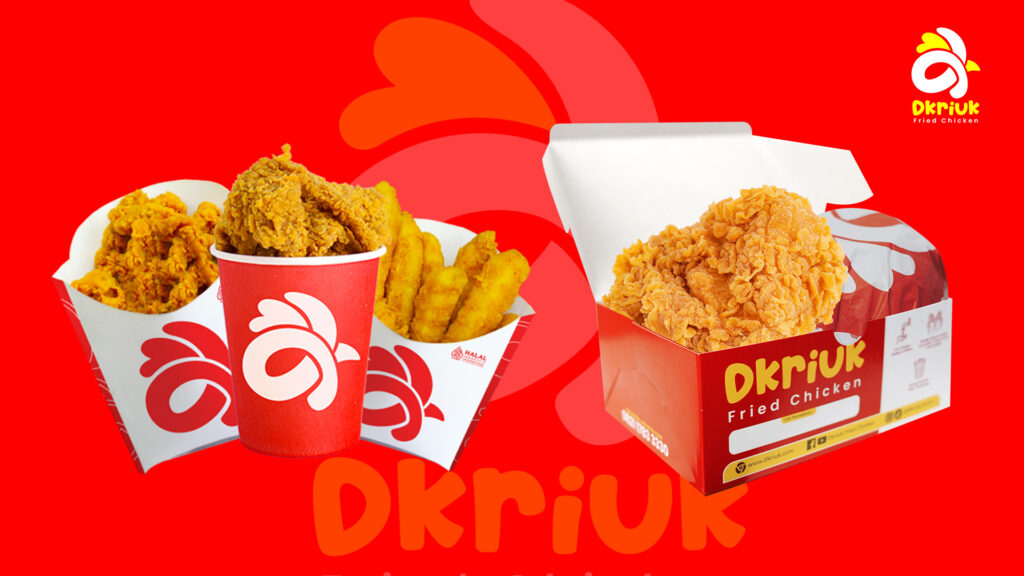New York — A remarkable rally swept through Wall Street on Wednesday as record-breaking bank earnings combined with signs of moderating inflation to lift investor sentiment. The major indices posted robust gains, reflecting renewed confidence in the resilience of the U.S. economy and optimism about the trajectory of monetary policy.
The Dow Jones Industrial Average surged 703 points, or 1.65%, closing at 43,222, while the S&P 500 rose 1.83%. The tech-heavy Nasdaq Composite led the charge with a 2.45% gain. This marked a significant recovery for all three indices, erasing earlier losses and setting the stage for a positive start to 2025.
The market’s rally began early in the day, spurred by the release of December’s Consumer Price Index (CPI) data from the Bureau of Labor Statistics. Core inflation, excluding volatile food and energy prices, increased just 0.2% month-over-month, the smallest rise in months, bringing the annual rate to 3.2% from 3.3% in September 2024. While headline inflation ticked up slightly to 2.9% year-over-year from 2.7% in November, the moderation in core figures was enough to reassure investors concerned about the Federal Reserve’s next moves.
This improvement in inflation metrics bolstered hopes that the Fed’s recent rate cuts would be sufficient to stabilize the economy without further tightening. Chris Zaccarelli, Chief Investment Officer at Northlight Asset Management, observed that the easing of core inflation provided relief for both equity and bond markets, which had grappled with fears of an aggressive policy reversal earlier in the year.
Contributing to the bullish momentum was a series of exceptional earnings reports from the nation’s largest banks, underscoring their adaptability and strength amid evolving economic conditions. JPMorgan Chase set a new benchmark with a record annual profit of $58.5 billion, driven by $14 billion in net income during the fourth quarter. CEO Jamie Dimon attributed the strong performance to increased optimism among businesses and expectations of a more collaborative and growth-focused government agenda.
Goldman Sachs also impressed with fourth-quarter profits of $4.11 billion, more than doubling its performance from the same period in 2023. Citigroup achieved a striking turnaround, reporting $2.9 billion in fourth-quarter profits compared to a $1.8 billion loss a year earlier. This resurgence was attributed to higher revenues, reduced expenses, and improved credit conditions. Wells Fargo, too, exceeded expectations, posting a $5.1 billion profit for the fourth quarter, up from $3.4 billion the previous year.
BlackRock, the world’s leading asset manager, announced a 21% year-over-year increase in fourth-quarter profits, totaling $1.67 billion. The firm’s assets under management reached a record $11.55 trillion, reflecting a 15% annual growth. These robust earnings fueled gains across the financial sector, with BlackRock shares rising 5.19% and Citigroup shares jumping 6.49%.
In the bond market, the yield on the 10-year Treasury note declined, reflecting growing confidence in the Fed’s ability to manage inflation effectively. Lower yields tend to enhance the attractiveness of equities, adding further momentum to the stock market’s rally. Larry Tentarelli, Chief Technical Strategist at Blue Chip Daily Trend Report, highlighted that sustained declines in yields could act as a powerful tailwind for stocks, particularly the S&P 500.
Despite the day’s optimism, analysts remain divided on the Fed’s future policy direction. Morgan Stanley’s Chief U.S. Economist Michael Gapen suggested that the latest inflation data could pave the way for a rate cut as early as March. Conversely, Bank of America’s Global Research team maintained that the Fed’s rate-cutting cycle had likely concluded, citing the CPI data’s limited impact on broader economic trends. UBS presented a more flexible view, indicating that further rate cuts remain plausible if inflation continues to moderate.
Energy markets also played a critical role in Wednesday’s developments. Brent crude prices surged over 3%, surpassing $82 per barrel, while West Texas Intermediate crude briefly crossed the $80 mark, reaching its highest level since August 2024. The recent uptick in oil prices, partially driven by sanctions on Russia’s energy sector imposed by President Joe Biden, could pose inflationary risks in the months ahead. However, the market’s resilience suggests confidence in the broader economic outlook.
Attention now shifts to upcoming earnings releases from Bank of America and Morgan Stanley, which are expected to provide further insights into the financial sector’s health and its role in supporting market stability. As investors digest these developments, the interplay of easing inflation, strong corporate performance, and cautious optimism about monetary policy sets the stage for a dynamic and potentially rewarding year ahead.






